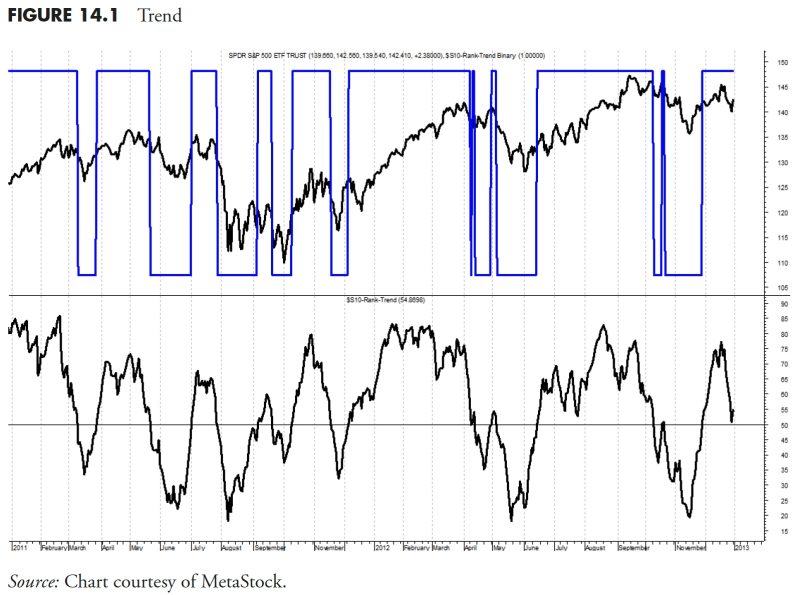
Mastering Money Management: Unveiling Security Ranking Measures – Part 4
Security Ranking Measures in Rules-Based Money Management
When implementing a rules-based money management strategy, one crucial aspect that warrants careful consideration is the ranking of securities. While there are several ways to rank assets, some parameters are more efficient and reliable. These include momentum indicators, value metrics, volatility indices, and liquidity measures.
1. Momentum indicators
Momentum investing is a strategy that capitalizes on the continuance of existing market trends. The concept revolves around buying assets that have shown an upwards trend in terms of price and selling those exhibiting a downward trend. In the context of rules-based money management, momentum indicators can be an effective tool for security rankings.
There are several ways to measure momentum, including simple price rate of change, relative strength index (RSI), moving averages, and other technical indicators. The selection largely depends on the investor’s market expectation, risk appetite, and investment horizon. Therefore, it’s crucial to understand the nuances of each methodology to effectively rank securities based on momentum indicators.
2. Value metrics
Analyzing the intrinsic value of securities is a cornerstone of investing. Value metrics give prominence to the in-depth financial analysis of a company, scrutinizing aspects such as earnings, revenue growth, cash flow, debt levels or book value.
Essential value metrics include price-to-earnings (P/E) ratio, price-to-book (P/B) ratio, and price-to-sales (P/S) ratio among others. Investors may rank securities based on these metrics in an attempt to pinpoint undervalued or overvalued assets and adjust their portfolios accordingly.
3. Volatility indices
Volatility measures the fluctuation in the price of a security over a certain period. It is often calculated using statistical metrics such as standard deviation or variance, with higher values equating to greater price swings and thus, higher risk.
Volatility indices, such as the VIX (Volatility Index), can be used to rank securities. Securities with high volatility can provide higher potential returns but at an increased level of risk. Consequently, an investor’s risk tolerance level will significantly influence the ranking of securities based on volatility measures.
4. Liquidity measures
The liquidity of a security refers to the ease and speed at which it can be bought or sold without significantly affecting its price. High liquidity generally indicates a well-established market with numerous buyers and sellers, reducing the possibility of price manipulation or excessive slippage.
Liquidity measures, such as trading volume or the bid-ask spread, can
